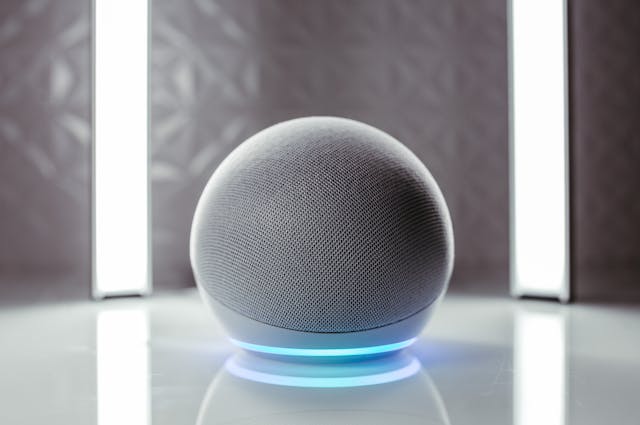The UX of Voice UI: Designing for Conversational Interfaces

The rise of voice assistants like Alexa, Google Assistant, and Siri has revolutionized the way we interact with technology. Gone are the days of tedious typing and tapping; now, we can simply speak our commands and receive instant responses. But as UX professionals, we know that creating a seamless voice user experience (VUX) is no easy feat.
I still remember the first time I tried to use Siri on my brand-new white iPhone 4s (which was the first ever iPhone with Siri). I was excited to try out this new technology, but my enthusiasm quickly turned to frustration. I found myself repeating the same command multiple times, only to be met with confusion or silence. It was like trying to communicate with a toddler who just wouldn't listen.

That experience taught me a valuable lesson: designing for voice UI is not just about slapping a voice interface onto an existing product. It requires a fundamental shift in how we approach user experience.
What Makes a Great VUX?
- Natural Language Processing (NLP): Your voice UI should be able to understand natural language, with all its nuances and variations. This means accounting for dialects, accents, and even slang.
- Contextual Understanding: Your voice UI should be able to understand the context of the conversation, including previous interactions and user preferences.
- Clear and Concise Language: Your voice UI should use clear and concise language, avoiding jargon and technical terms whenever possible.
- Feedback Mechanisms: Your voice UI should provide feedback mechanisms, such as visual cues or audio signals, to let users know that their commands have been received and processed.
- Error Handling: Your voice UI should be able to handle errors gracefully, providing helpful error messages and recovery options.
As UX professionals, we need to think about the user's journey, from the moment they wake up their device to the moment they complete their task. We need to consider the user's goals, behaviors, and motivations, and design our voice UI accordingly.
One of the biggest challenges of VUX is the lack of visual feedback. Without screens, we need to rely on audio cues, tone of voice, and language to convey information and guide the user through the interaction. This requires a deep understanding of human behavior and communication patterns.
Another challenge is the need for precision and accuracy. Unlike graphical user interfaces, where users can tolerate a certain level of error, voice UIs require a high degree of accuracy to avoid frustration and confusion.
Practical Tips for Designing Voice UI
- Use user research: Conduct user interviews and surveys to understand the user's needs, behaviors, and motivations.
- Create conversation flows: Map out the conversation flows, including all possible paths and outcomes.
- Write clear and concise dialogue: Write dialogue that is clear, concise, and natural-sounding.
- Test and iterate: Test your voice UI with real users and iterate based on feedback.
In conclusion, designing for voice UI is a unique challenge that requires a deep understanding of human behavior, communication patterns, and technological limitations. By considering the user's journey, using user research, creating conversation flows, writing clear and concise dialogue, and testing and iterating, we can create voice UIs that are intuitive, natural, and delightful.
